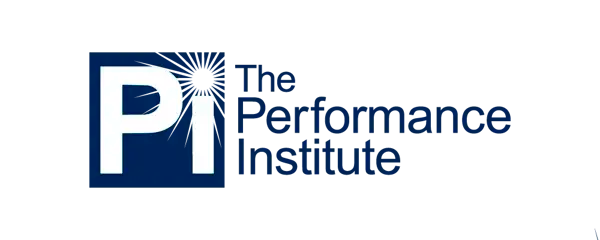The COVID-19 pandemic resulted in many changes to the way we work, and especially the way we handle transactions. With a majority of monetary transactions and purchases happening online, it created new opportunities for fraudsters to conduct crimes. The fraud detection and prevention market is expected to grow substantially in the coming years. So, it’s becoming even more crucial for businesses and organizations to have a plan to protect themselves.
Check out a few insights on fraud analytics over the past few years, as well as some predictions about the future of fraud detection software.
The Pandemic’s Impact on Consumer Spending and Online Security
The coronavirus pandemic and global stay-at-home orders have caused many consumers to change their spending habits and transaction methods. As a result of the crisis, around 60-70% of the global population is currently using digital platforms to work from home and complete online transactions.
There has been a growth in cloud computation, mobile banking, and online transactions, which unfortunately makes many individuals and organizations more vulnerable to cyber-attacks and data breaches. In fact, studies report that cyber-attacks were up 600% in 2020 from the previous year.
Scammers are changing their methods because increased digitization of banking and other transactions has given them new opportunities for theft. According to PWC’s Global Economic Crime and Fraud Survey, 47% of responders stated that they experienced fraud in the past 24 months, which amounted to a loss of $42 billion.
Here are some of the top verticals impacted by fraud, with the most occurring in BFSI:
- Banking, financial services, and insurance (BFSI)
- Healthcare
- Utilities and energy
- IT and telecom
- Consumer goods and manufacturing
- Real estate
- Traveling and transportation
- Media and entertainment
Fraud Analytics Before, During, and After COVID-19
Existing fraud detection and prevention software use machine learning to track fraudulent activity. Data from previous years helps the system to predict future analytics. However, this predictive data assumes that there will be a continuum of the same type of activity, year after year.
2020 brought about many changes in online behavior, so the data we once relied on may no longer be relevant and useful. Consumer behaviors have become unpredictable. So, this lack of accurate data can result in false-positive results, which in turn affects the overall performance of fraud detection and prevention.

Find more statistics at Statista
Fraud Analytics and Detection as a Result of the Pandemic
In 2018, the global fraud detection and prevention market generated around $18.8 billion in revenue, and experts are predicting that it will grow to $145.7 billion by 2026. The FDP market had a previous Compound Annual Growth Rate (CAGR) of 26.5% before the pandemic, but it’s now at 29.6% after the outbreak. This means we have an increased need for more advanced fraud detection software.
Companies and online platforms are strengthening their practices to develop programs that can respond to changing consumer behaviors and track data in real-time. Artificial intelligence and machine learning will create significant growth in the fraud detection market, helping to detect and prevent fraud with things like loans, payments, and customer onboarding.
For example, TransUnion launched a program in May 2020 designed to fight the origins of fraud by targeting consumers based on a risk profile. Also, ACI Worldwide partnered with Salesforce at the end of 2019 to integrate its real-time fraud detection with the Salesforce commerce cloud. Tools like these can offer stronger predictive analytics and other methods to deter fraudulent activity as a result of our changing online landscape.













